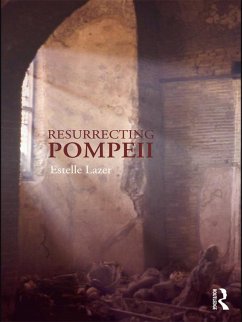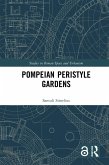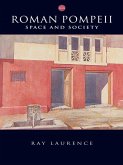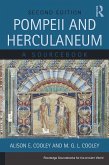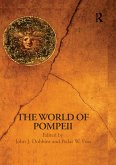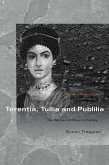Pompeii has been continuously excavated and studied since 1748. Early scholars working in Pompeii and other sites associated with the AD 79 eruption of Mount Vesuvius were seduced by the wealth of artefacts and wall paintings yielded by the site. This meant that the less visually attractive evidence, such as human skeletal remains, were largely ignored.
Recognizing the important contribution of the human skeletal evidence to the archaeology of Pompeii, Resurrecting Pompeii remedies that misdemeanour, and provides students of archaeology and history with an essential resource in the study of this fascinating historical event.
Dieser Download kann aus rechtlichen Gründen nur mit Rechnungsadresse in A, B, BG, CY, CZ, D, DK, EW, E, FIN, F, GR, HR, H, IRL, I, LT, L, LR, M, NL, PL, P, R, S, SLO, SK ausgeliefert werden.
'Those who have been lucky enough to hear Estelle lecture will not be surprised by the clarity and pervading logic of her narrative, nor by the touches of quirky humour that emerge. From the first page the tone is a 'double whammy', both engaging and scholarly.' - Dennis Mootz, NSW History Teacher's Association, Australia
'Those who have been lucky enough to hear Estelle lecture will not be surprised by the clarity and pervading logic of her narrative, nor by the touches of quirky humour that emerge. From the first page the tone is a 'double whammy', both engaging and scholarly.' - Dennis Mootz, NSW History Teacher's Association, Australia

